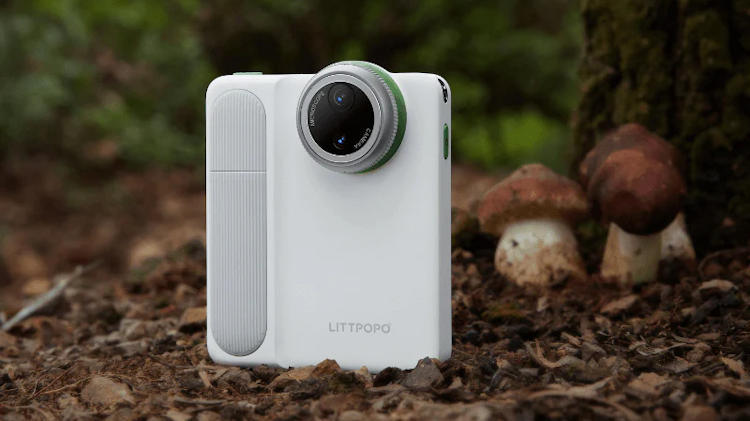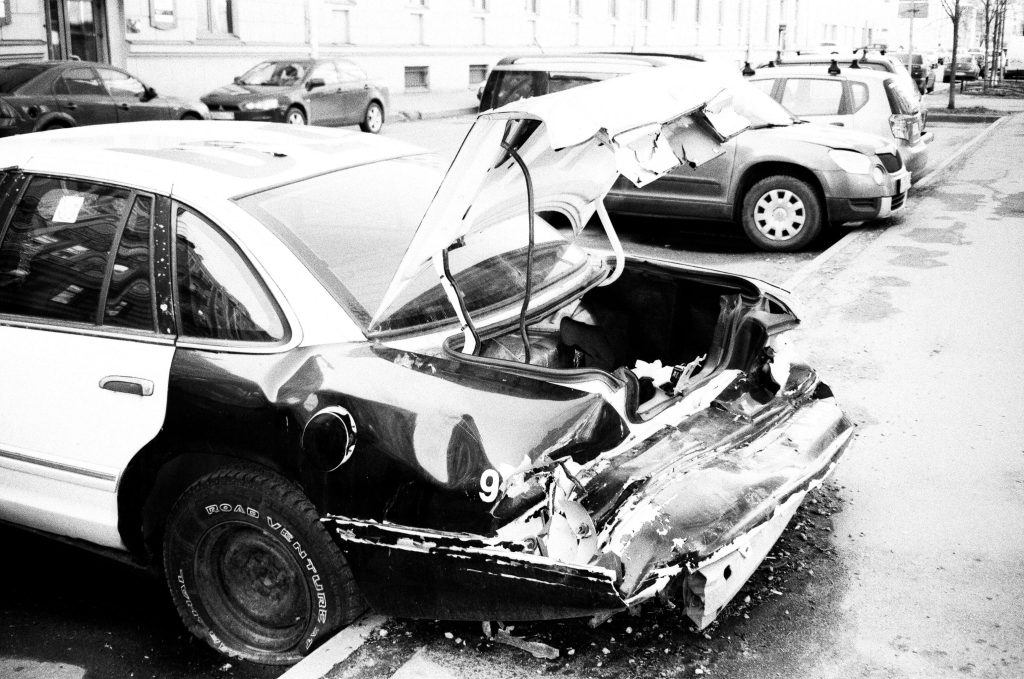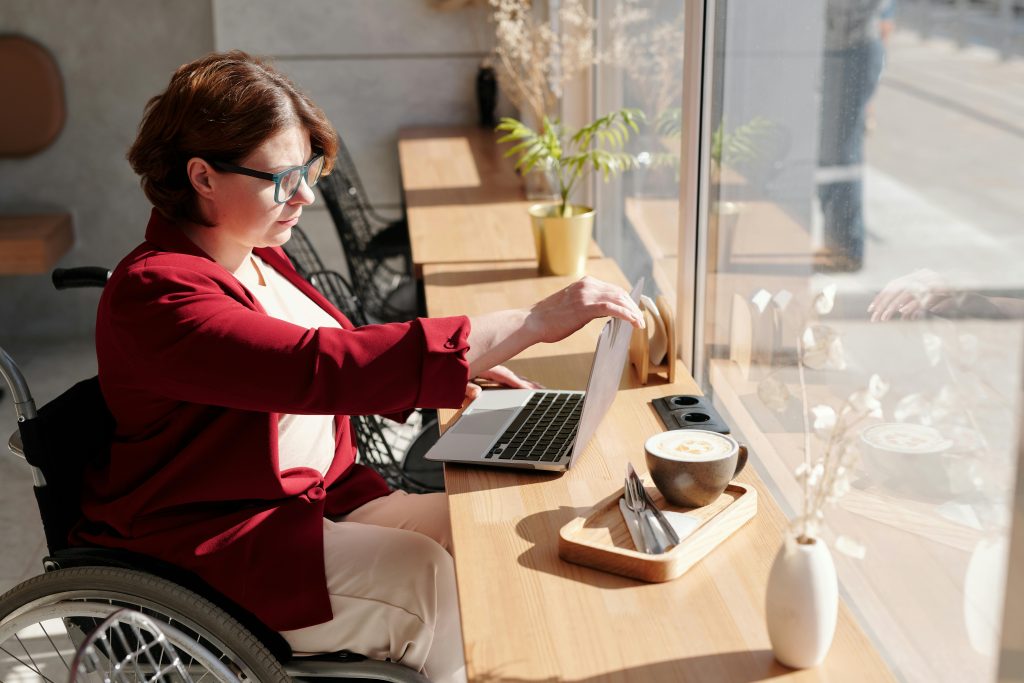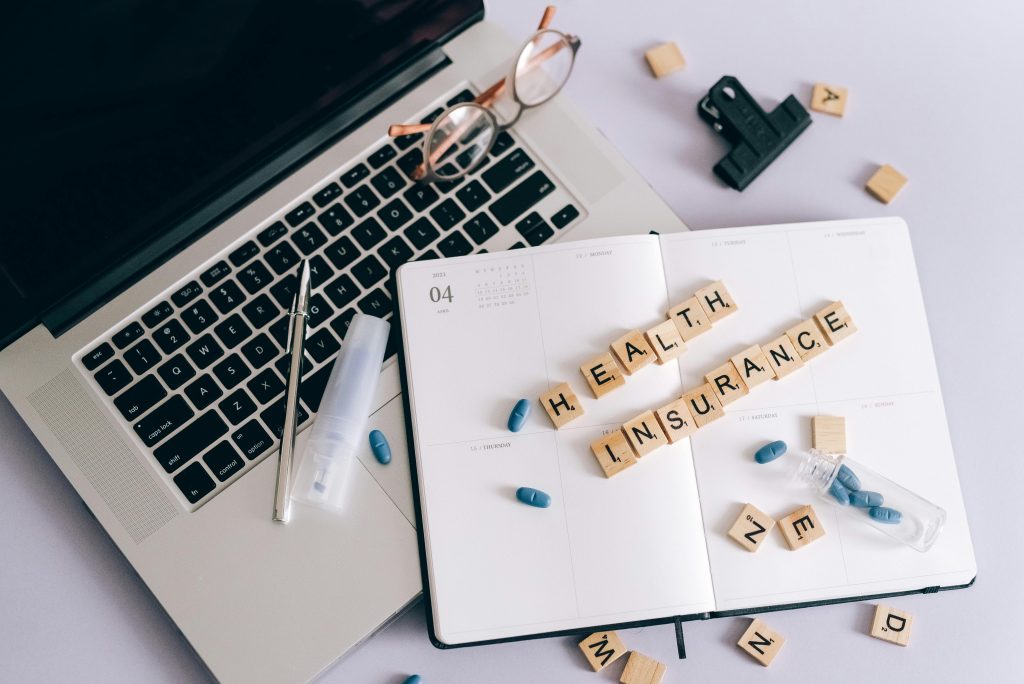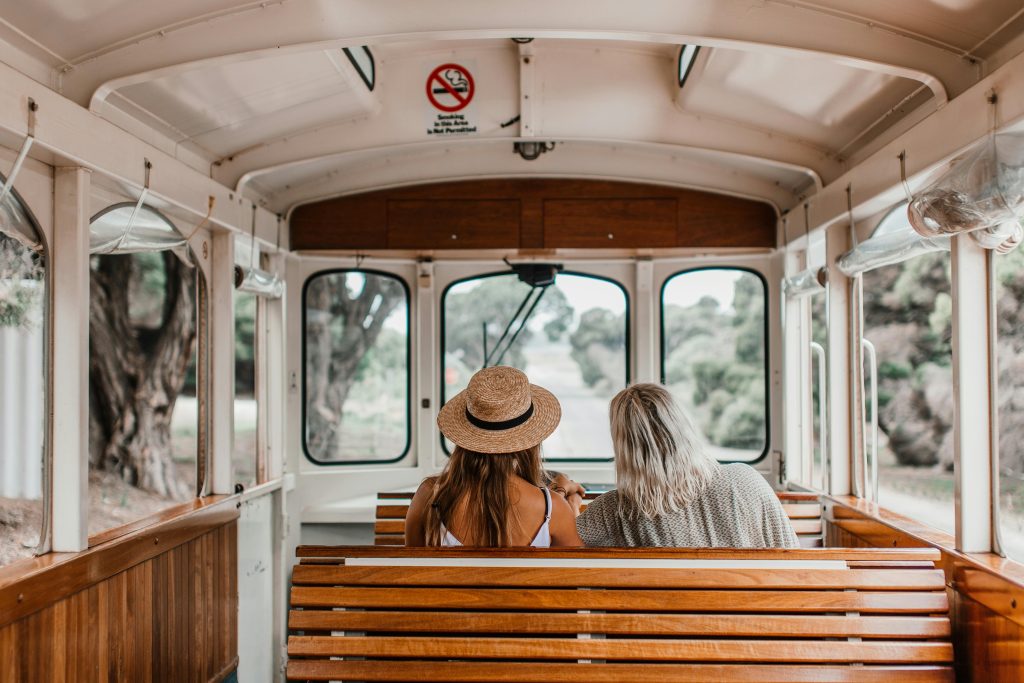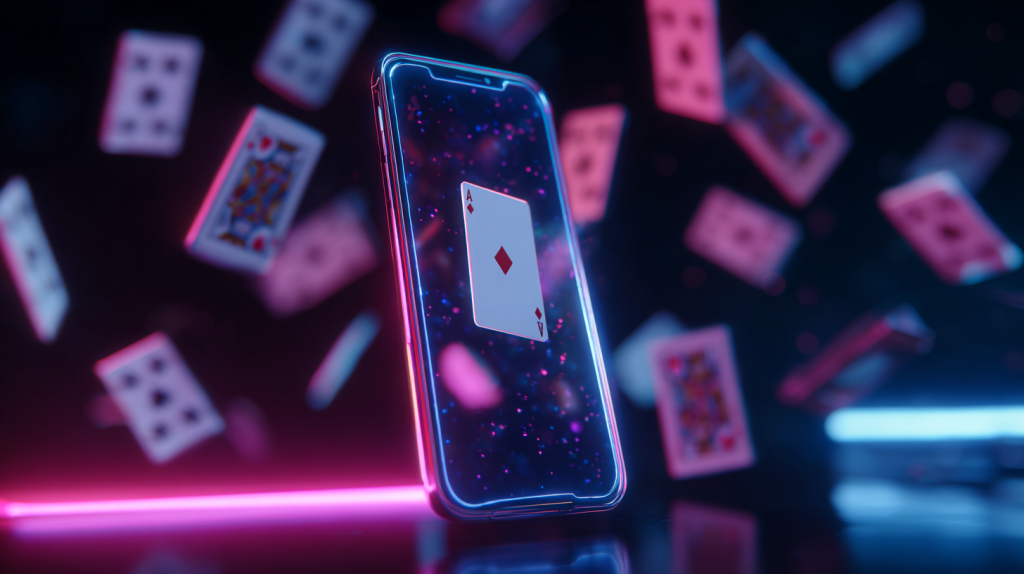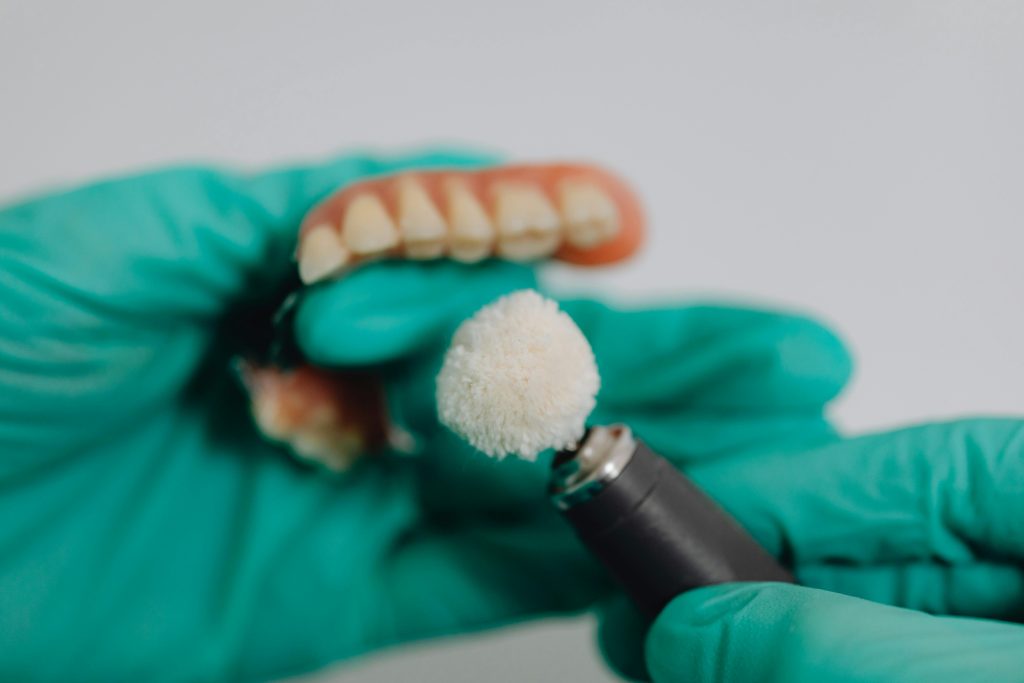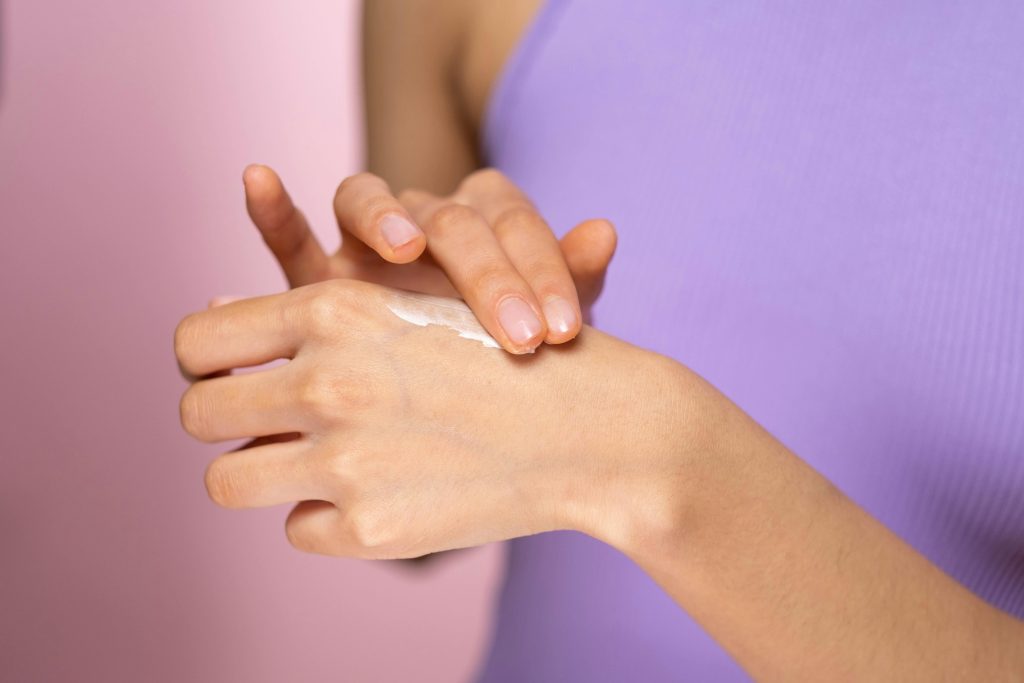Have you heard that the digital camera market in the world is estimated to be at approximately, between $8–9 billion and is projected to reach a higher figure of more than 12 billion by 2032? Although smart phones are prevailing in the casual photography sector, small digital cameras are slowly coming back, particularly among novices seeking superior image quality, freedom of creativity, and the gratifying feel of operating a real camera.
However, when one is just beginning, it is not possible to find a digital camera, but to choose the appropriate one. You also desire a small, simple, and something that can expand with you as you acquire expertise in your field.
These are some of the features to consider when purchasing your first camera.
What is a digital camera that is perfect for a novice?
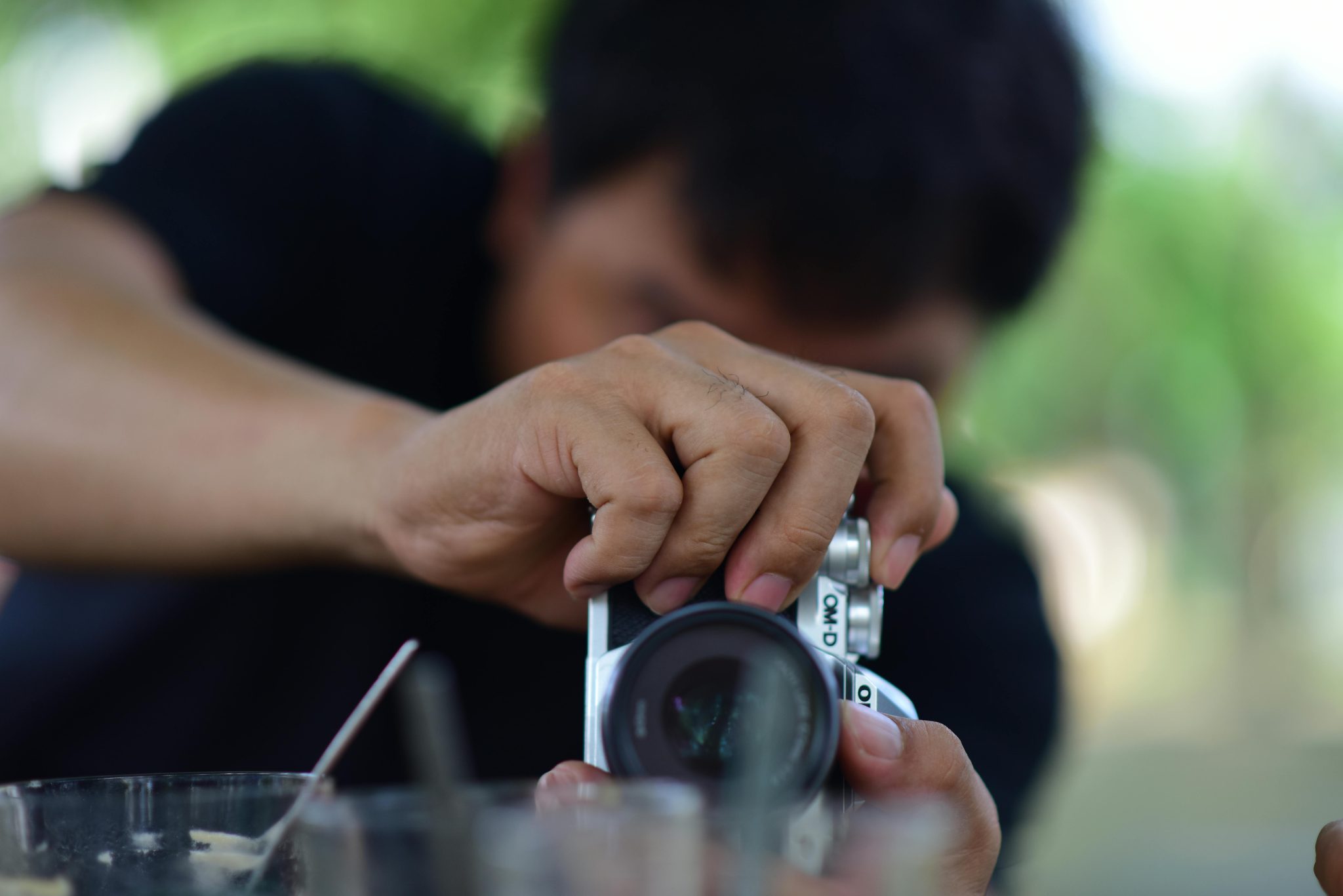
When just starting photography, you had better start with the simplicity, portability, and reliability instead of pursuing the features of the pros that you will not need at first. We can deconstruct the necessities.
Portability Comes First
In case your camera is bulky or too heavy, you will leave it behind at home. Select a small model, be it a small mirrorless or a point and shoot. You can easily put somewhere lightweight that fits in your jacket pocket or backpack, so you can carry it around and use it on a daily basis, as you explore the city, during the travelling process, or even on the sunset, taking photos.
Easy and No Pro Expert Controls
Look for a camera that offers:
- A semiautomatic or smart mode that does the settings automatically.
- Embedded instructions or help-oriented interface by a guide.
- Intuitive controls and menu such as dials, touchscreens and labeled buttons.
- An easy to use LCD or viewfinder with which to frame your shots.
Novice cameras should be the best to ensure that the process of learning is not very stressful.
Sensor Quality Megapixels and Above
Although megapixels are usually in the center of attention, the one thing that influences the quality of images is the sensor size. In cases of low lights, bigger sensors will record more light and details. A solid beginning would be a 1-inch or APS-C sensor — it provides excellent performance without having to expand the camera itself or its cost.
Fast and Dependable Autofocus
It is the worst when you come into a situation to capture an experience and your camera takes a long time to focus. Choose one that offers:
- Quick, responsive autofocus
- Face/ eye recognition/face/ eye (particularly useful with portraits)
- Moving subjects Continuous Shooting or Burst Mode
This simplifies the taking of clear spontaneous photographs.
Video and Connector Capabilities
These features can come in handy in case you want to film videos or simply share your photos on the internet:
- Full HD (1080p) or 4K video recording
- Wireless transfer solutions such as Wi-Fi, Bluetooth or USB-C
- Microphone input (in case you are going to vlog or develop some content)
This maintains a flowing working process and social media preparedness.
Good Battery Life and Battery Durability
A camera must follow you — not break down half-day. Look for:
- USB charging and handy on the go in terms of traveling or shooting
- Weather-proofing or shockproof in case you spend much of your time outside
A reliable camera is better to operate with particularly when you are out on exploration.
An Exclusive Alternative: Littpopo MicroCam X1
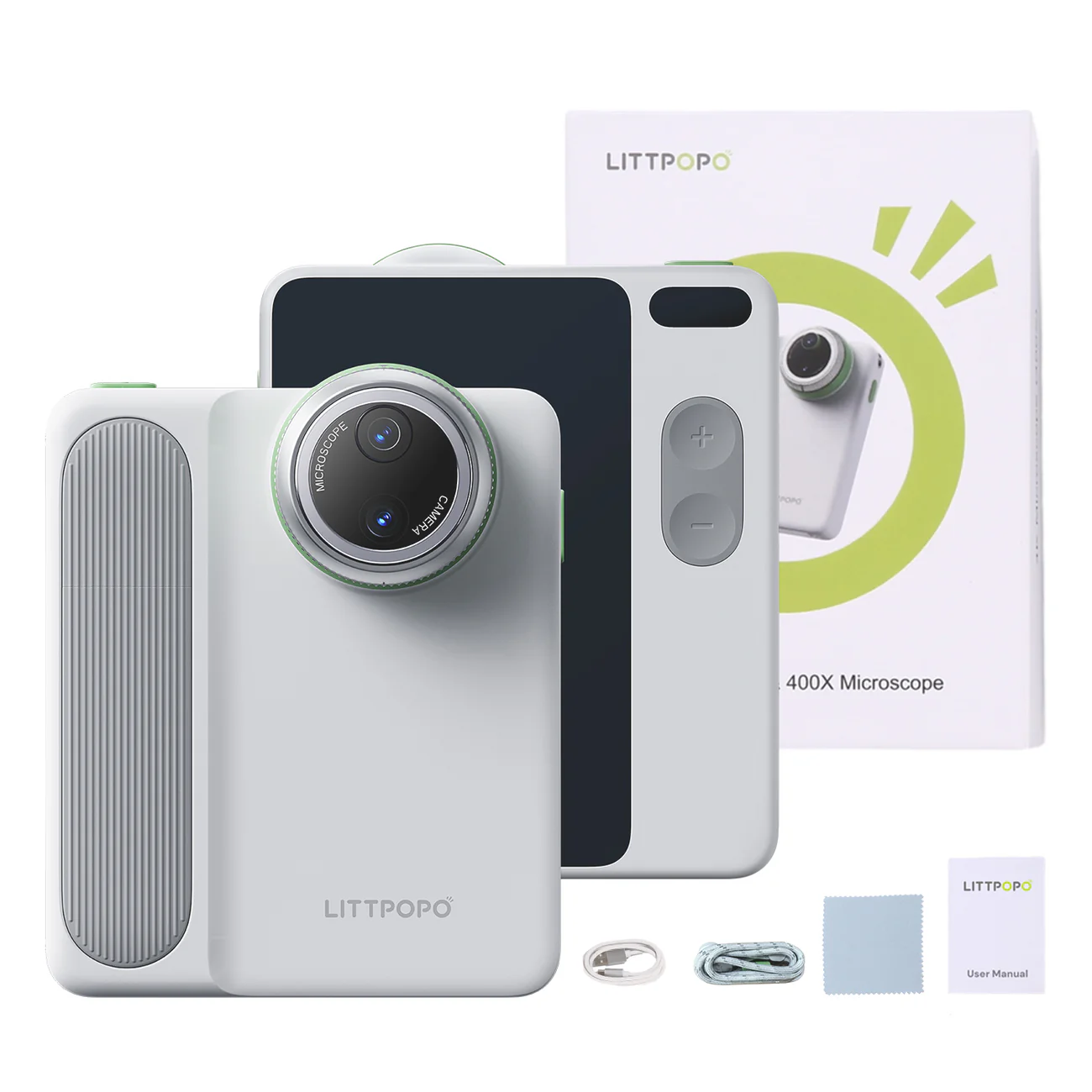
When you are attracted to nature or even science and simply enjoy taking pictures at close-up shots, you can also have a glimpse of the Littpopo MicroCam X1, which may be an exciting alternative to the ordinary beginner cameras. It is a small pocket size microscope camera yet it takes macro, microscope, and wide angle shots all in a single device.
What makes it special:
- It weighs so little, about 160g, and is constructed so that it can be struck on the head and carried away.
- All you need is to twist the lens in order to switch between various viewing modes.
- It captures in 4k and captures still images at a high level of detail.
- Ideal in the case of close-up shots of leaves, insects, and textures, and so on.
- The perfect gift to a student or nature lover or someone who appreciates finding out more about the little marvels of the world.
Although it is not an all-purpose beginner camera, it is a fun and educative resource that makes it feel like an exploration when taking photos.
Last Advice on Selecting Your First Camera
- Make a choice on what is important to you. Wish to have a good generalist camera? Pay attention to the quality of the sensors, their convenience, and autofocus. Want to do something different and have fun? The MicroCam X1 has a new twist.
- Stay within your budget. Being a novice, you do not require the very popular model. Put usability and reliability ahead of high-end features.
- Try before you buy. Where feasible, practice holding the camera in your hands. Padded controls and easy grips are invaluable.
- Think about the future. When you want serious, then get a system that allows expansion like a camera with changeable lenses and accessories.
- Practice every day. Learning photography is most appropriate through doing it. The more you shoot, the quicker you will improve.
Final Thoughts
The next generation of digital cameras is not the most expensive or advanced but the one which you will enjoy using. Select something small, convenient, and able to assist you in learning and developing. That can be a mirrorless camera with the ability to expand or a kooky and fun item such as the Littpopo MicroCam X1, but the correct one is the one that will get you excited to get out and shoot.
Whether you’re stepping into photography as a hobby, creative outlet, or future profession, choosing the Best Digital Camera for Beginners starts with what feels right in your hand and excites your imagination. And sometimes, small digital cameras offer the biggest opportunities.


